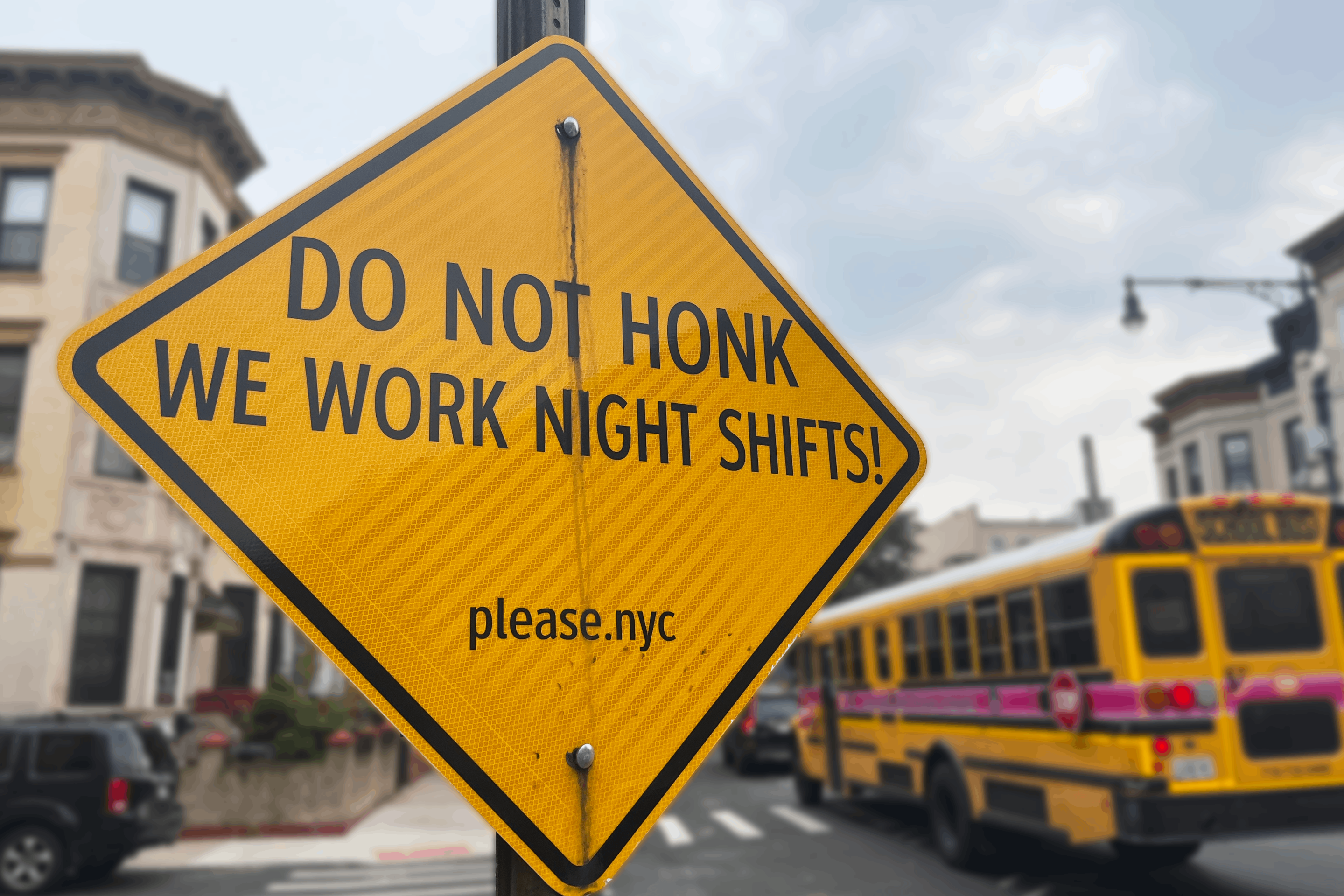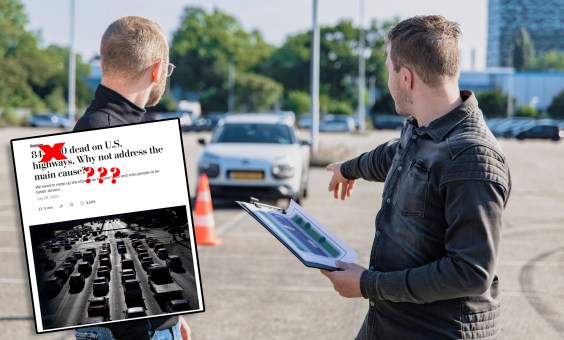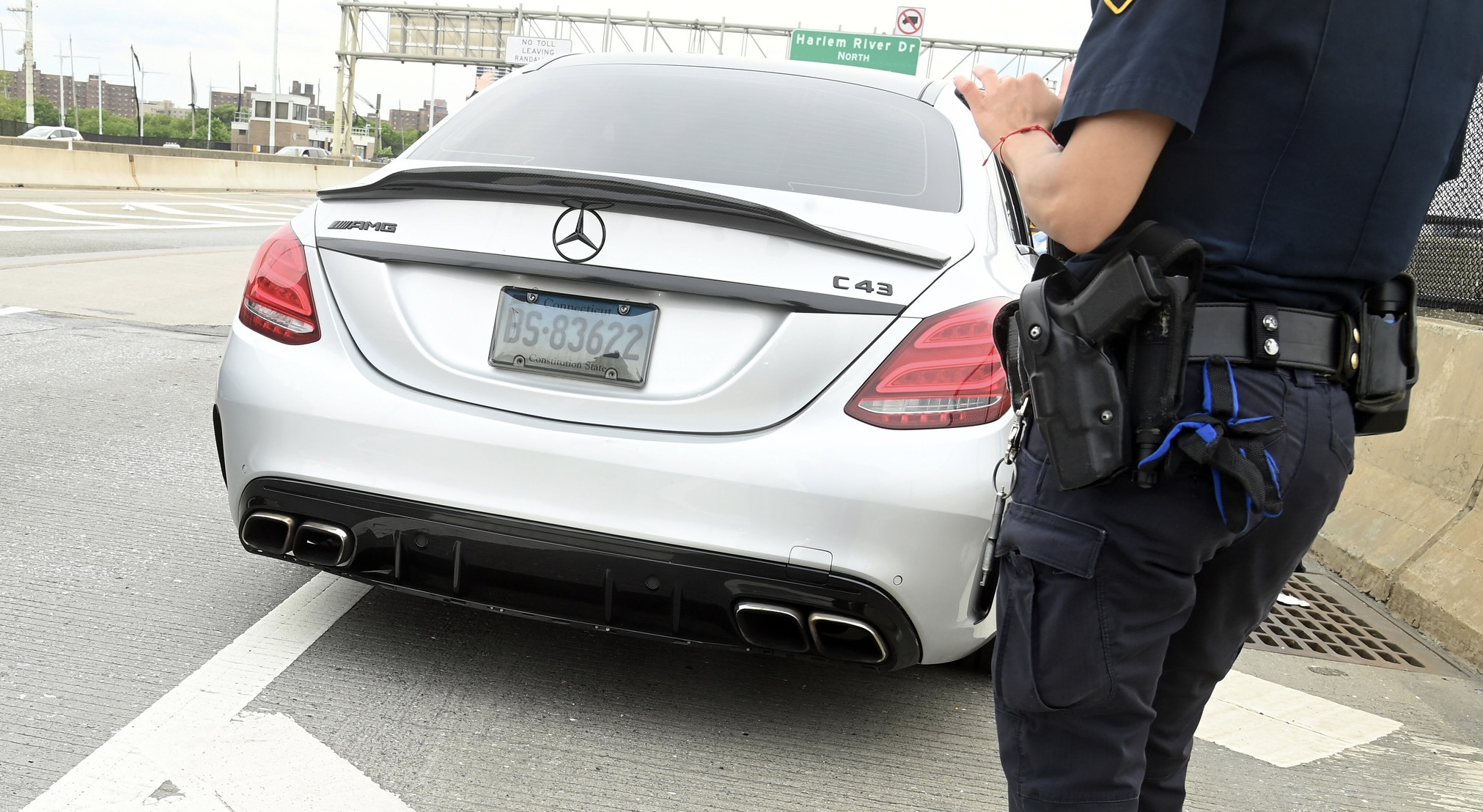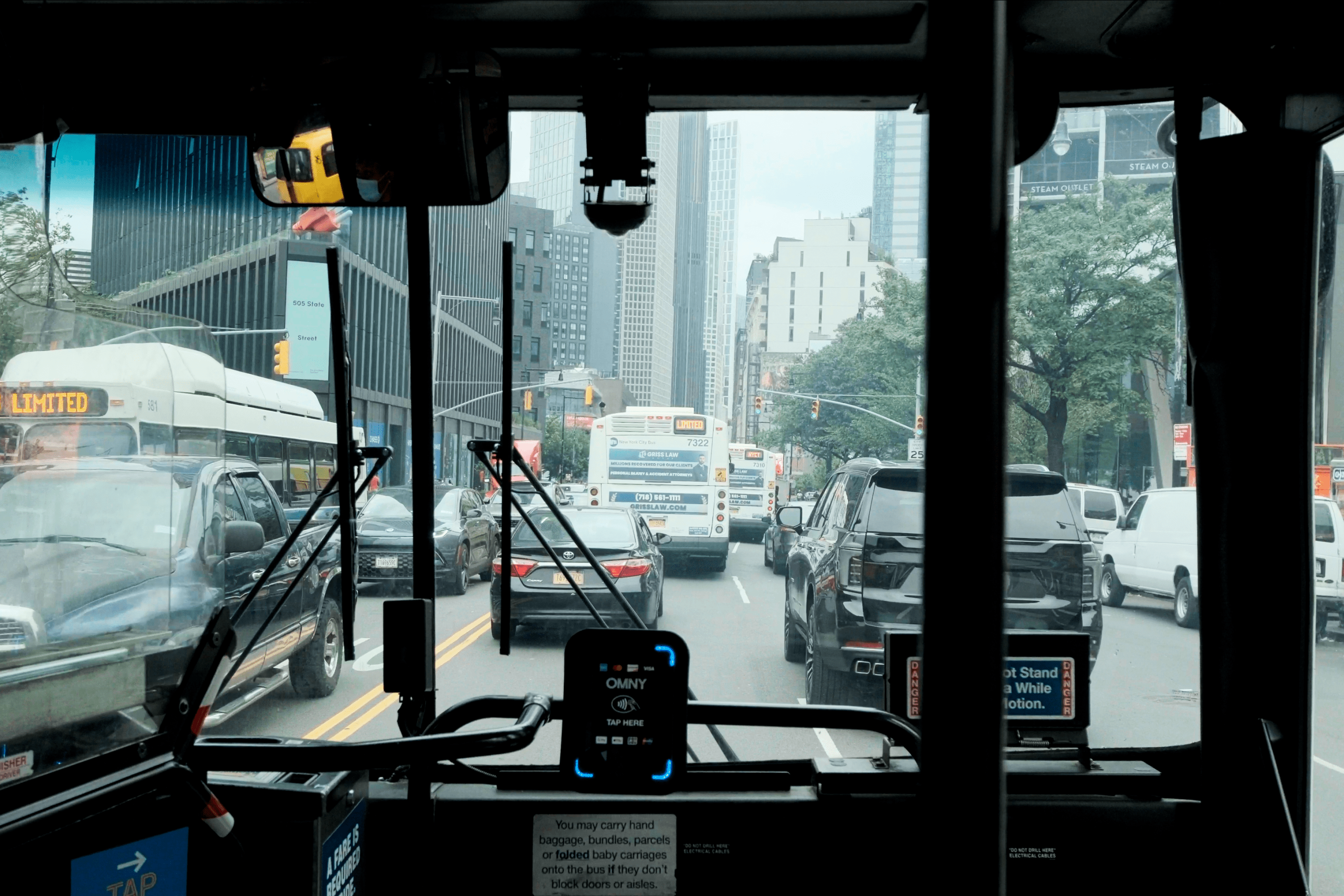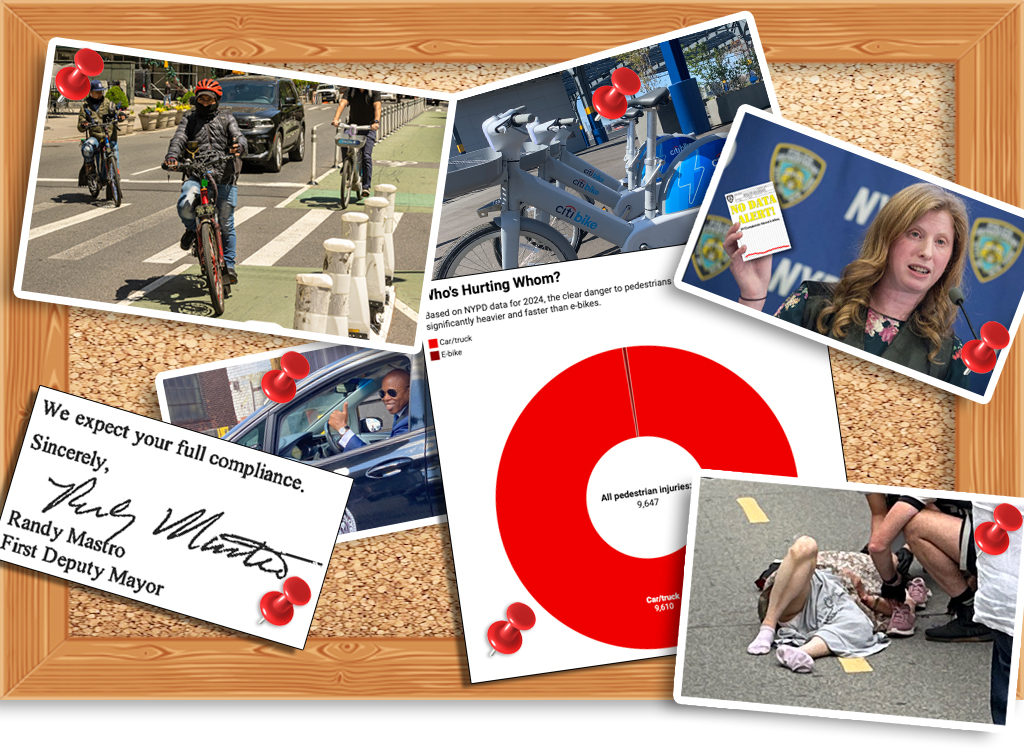
What would it take to make transit a more appealing option in the greater Cleveland-Akron area?
That question was posed to one of the area's leading transportation officials recently. His answer didn't focus on a big new project.
Jason Segedy, head of Akron's metropolitan planning organization, said the first step should be to start doing the smaller things right before taking on large-scale new transit infrastructure. Northeast Ohio doesn't have the basics like good waiting environments or zoning that promotes walkable development, Segedy writes -- thanks in large part to skewed policy priorities that emphasize driving and highways.
Tim Kovach uses the awful bus stop pictured above to expand on this point:
This bus stop is located where Eastland Road meets Route 237, just across from Hopkins Airport and the I-X Center. If you look closely enough, you can just make out the small, blue RTA bus stop sign.
Route 237 is a restricted-access highway with a 50mph speed limit. In other words, you aren’t even allowed to walk or bike on the road due to the dangerous speed at which traffic moves, but you can wait for a bus 3 feet away from passing cars. And if you need to cross to the other side of 237 for any reason, keep dreaming. There’s no intersection anywhere near it. I don’t know if anyone has been killed or injured waiting for a bus here, but if not, it’s just a matter of time.
And Kovach says the blame rests with the state of Ohio, which has "completely abrogated its responsibility to provide alternative transportation" resulting in "a nightmare for public safety."
As a state, Ohio spends less on public transportation than all but 3 others.
Funding for transit in Ohio has fallen by three-quarters (PDF), from $44.22 million in 2000 to just $10.87 million by 2010. And whereas other states provide, on average, 23% of total operating funds for transit agencies, Ohio contributes a whopping 3%. When you break it down on a per capita basis, the state spent just $0.94 per Ohioan in FY 2010, less than every other state in the Great Lakes region. Even that car-dependent state up North [Michigan] spends $19.98 per capita, over 21 times more than the Buckeye state.
Much of this stems from the fact that the Ohio constitution bars the use of gas tax revenues for anything but highway construction and maintenance, meaning that all transit funding must come from the state’s general fund. And of the minuscule amount of funding the state does provide, just 3% of it goes towards capital expenditures. As a result, without federal grants like the TIGER program, few, if any, new public transportation projects would go forward.
About 9 percent of Ohio households lack access to a car. Almost 12 million people live in the state.
Governor John Kasich has been particularly hostile to transit and appointed a former asphalt industry lobbyist to head the Ohio Department of Transportation.
Elsewhere on the Network today: Biking Toronto points out a design flaw in a new protected bike lane that has drivers invading the space. Tucson Velo reports that 25 local cyclists were ticketed en masse for allegedly running a stop sign during a group ride last weekend. And Bike Portland writes that a local woman is suing the city over its streetcar tracks, which she claims are unsafe for cyclists.
